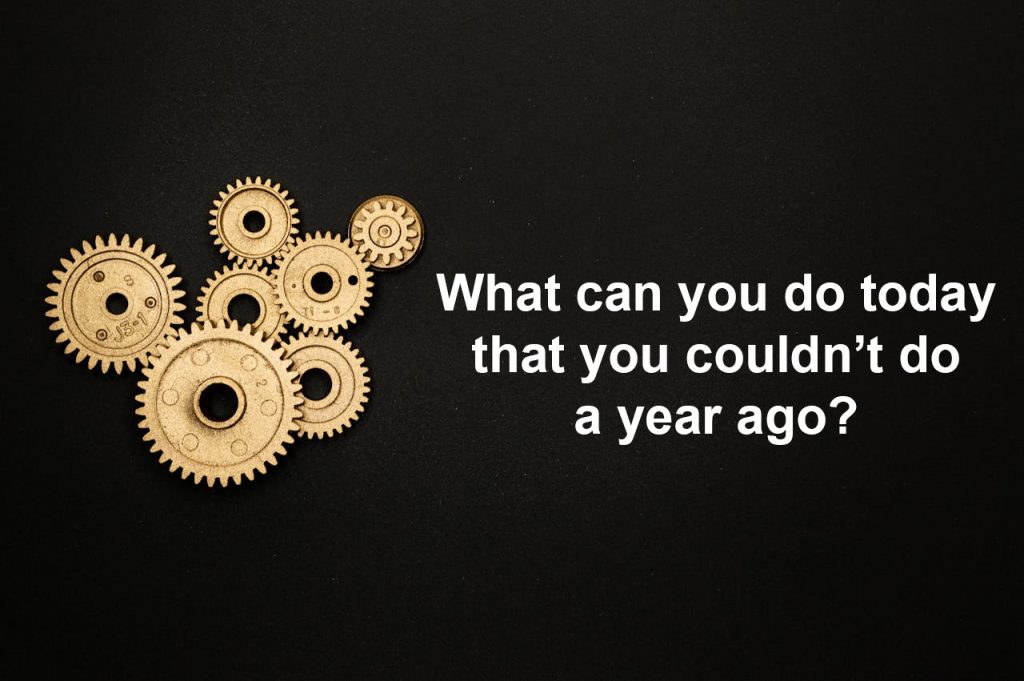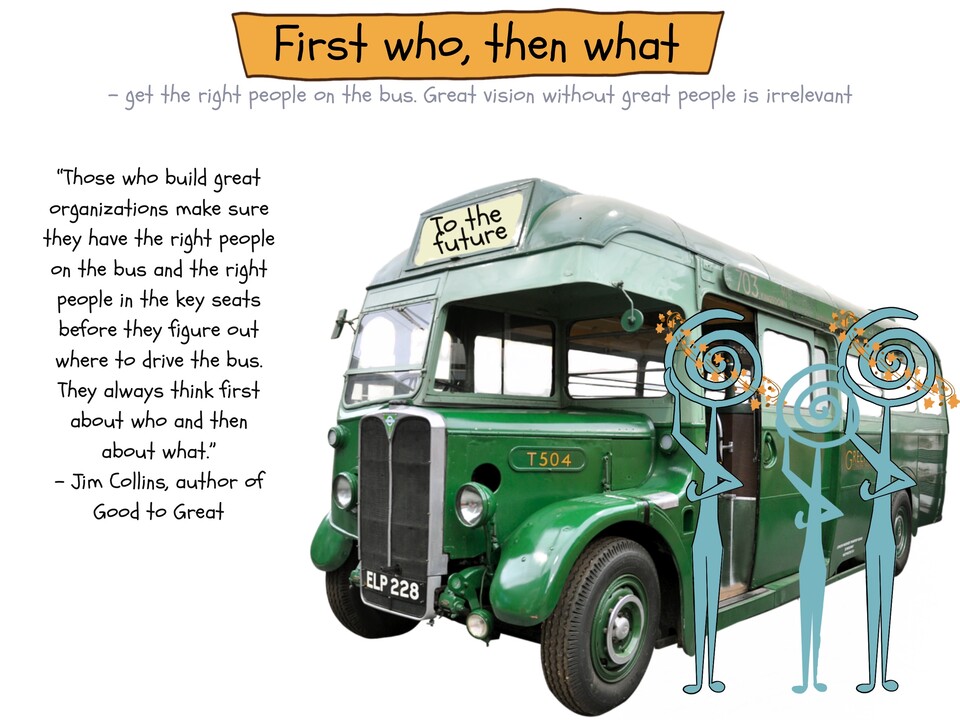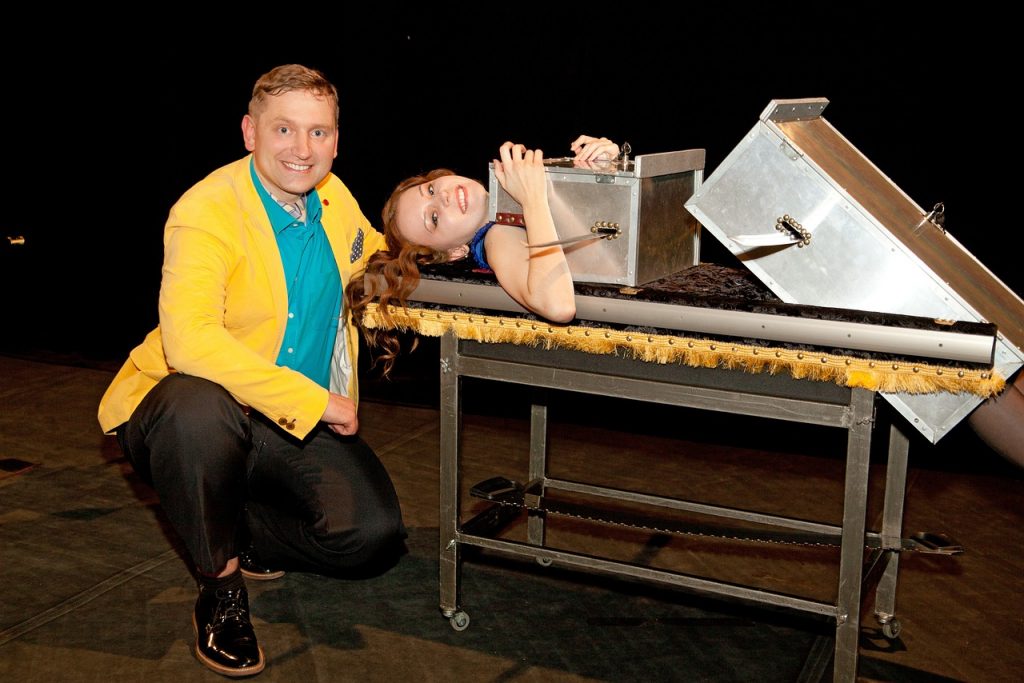How learning about innovation can come from unlikely directions…

GUEST POST from John Bessant
What have ollies, decks, trucks, popsicles, cruisers and kicktails got in common? If you’d asked me that back in December I would have quietly assumed you were from another planet. But now I’m happy to say I’m in a good position to enlighten you…
It seemed like a good idea for a Christmas present; Lara had trailed it enough to give us a clue that Father Christmas’s arrival with a skateboard in his sack would be a welcome surprise. And the initial impact was decidedly so; unwrapping a bright blue machine with impressive decoration and wheels which lit up as she sped along the corridor in the first test flights.
So it was a good job that the present included a full safety kit of helmet, knee and elbow pads, etc. because she spent much of the next day crashing into bookcases, doors and anything else unfortunate enough to be in the way of her hurtling progress. And that was just inside the house!
Cue the need for some training in the art of riding a skateboard. Since this is a skillset which I am most certainly not in possession of this led me to outsource the problem to our local indoor skateboard park where I booked a couple of lessons. Turned out to be an education for me too; while sheltering from the noise of kids shouting encouragement and challenge at each other and the rumble of wheels over plywood ramps and chicanes I sipped my coffee and thought about some of the innovation lessons it was demonstrating….
Not least the power of innovation to create a whole new market. I had no idea just how big a business skateboarding had become but a quick dive into my phone revealed some impressive facts. Estimates suggest the market size is of the order of $3.2bn in 2022 and forecast to keep growing at 3.5% over the next ten years. That’s a lot of skateboards on the streets and in specialist parks like the one I’m in. Extending my research I came to realise what a sheltered life I’ve been leading — there’s a whole world out there beyond the simple piece of wood on wheels that I thought it was.
And it’s an industry full of innovation. I use something called the ‘4Ps framework’ to explain the different ways you can innovate to my classes — it’s a sort of ‘innovation compass’ that points the different directions you might explore. Skateboarding’s got all of these and plenty of examples.
First there’s product innovation — from core components like wheels and bearings, boards and safety equipment through to fashion and merchandise. The early days saw the emergence of what I now know is called a ‘streetboard’ as a basic design; it still represents nearly half the market in terms of boards sold and has standardised around some core dimensions. They are often called ‘popsicle boards’ (don’t ask me why) and they are the kind of board you’ll typically see out in the streets.
But there’s also the longboard variant which is growing in significance. As its name suggests it’s longer but also lighter and faster on account of its wheel size and construction materials. This — as Lara points out to me, already dissatisfied with her glamourous but un-tricksy popsicle board — is the kind of board you use for performing tricks, racing, freestyling and even dancing. Plus we’ve now got the new wave of electric boards which bring another dimension to the sport, potentially opening up the personal mobility market.
And each of those boards involves multiple contributing streams of innovation around components. Take something as mundane as wheels; naively I assumed they were just roller skate or suitcase wheels attached to a piece of wood. Nope. The early days of metal wheels were fraught with poor performance, high friction and a lot of collateral damage to the surfaces being ridden on. So non-metallic alternatives emerged, from simple clay versions in the 1960s through to today’s polyurethane variants based on Frank Nasworthy’s 1972 invention. This latest iteration also provides an opportunity to build in some of the fancy display electronics which Lara finds such a draw on her board.
Even the humble bearings inside the wheels turn out to be a key innovation step, moving from simple loose ball bearings to sophisticated engineered precision bearings which last longer and give a smooth ride even under the tortuous twists and turns of a ride round the skateboard park.
Or look at the trucks on which the wheels are fitted. They’ve moved from being simple cross-over fixtures taken from roller skating to becoming a high tech branch of the component world, continuously refined to give better turning radius, stability, and control allowing for more complex manoeuvres and tricks. Classic need pull innovation.
Skateboard product innovation also provides an excellent example of the idea of dominant designs and technological trajectories. The classic pattern in which different designs compete in the early days of an innovation before a dominant version emerges which sets the path for further incremental development. Which is periodically interrupted by a radical shift enabled by technology or different market demand.
In the case of skateboards the simple plank of wood on wheels which dominated the early days 1930s was upended (pardon the pun) by Larry Stevenson’s rethinking of the deck to include a kicktail in 1969. This is the upturned rear end of a board which gives better control and crucially enables many of those fancy tricks. It wasn’t long before the double kicktail — a turn-up at each end — became the standard for modern boards.
And we’re not just talking about the boards themselves; there is matching innovation right across the ecosystem which has emerged. Take the case of footwear; the increasing profile of the sector attracted both specialist sports suppliers and also fashion brands and has led to another interactive set of pulls and pushes to create innovation. For example Vans, in the 1970s, introduced the waffle-cup, diamond shoe pattern, offering better grip and foot protection. Since then, skate shoe companies have continuously innovated, focusing on preventing bruises, increasing flexibility, and enhancing grip.
What about process innovation? Watching Lara on the wooden ramps and slopes showed how much this has changed since the early days of trying to travel down a road in a straight line. Now we’re in a world of complex spins and runs, jumps and curves. And supporting them are specialist architects and engineers designing ever more complex experiences across which boards can travel, swivel, twist, turn and jump in multiple ways. Not surprising that in 2016, the International Olympic Committee announced the inclusion of skateboarding in the 2020 Summer Olympics.
There’s also scope for what we’ call ‘position innovation’ — expanding the market to whom the innovation is targeted and changing story being told about it. Skateboarding is no longer the province of hardcore fans — it’s grown to be a mainstream sport, drawing in enthusiasts of an increasingly wide age range. According to a recent survey, skateboarding is marked at the third position in the most popular sports category after football and basketball in the USA. Europe has been catching on fast and Asia now has the highest growth rates — not least China.
It’s also another world, full of fans connected online and physically, creating a sub-culture around the sport. Since the first skateboarding magazine was published back in 1964 a whole media system has emerged spanning print, video, podcasting and films and populated by real life and fictional heroes. With my newly-acquired skateboarding vocabulary even I am able to make more sense of the arcane worlds of Mutant Turtles, Shredders and their like.
And it’s a powerful force in fashion now, and not just as a fan-based marketplace. In 2016, at Paris Fashion Week, Dior launched its winter collection on a neon-coloured skateboard catwalk ramp. The icons are everywhere — and so too are the sponsors, riding their own market waves with their brands plastered all over boards, apparel and other merchandise.
From time to time there is also an opportunity for what we call ‘paradigm innovation’ — changing the way we think about what it is we are doing and how it creates value. It can refer to the ‘business model’ being used or changed — but it can also get right to the heart of what we consider the boundaries and shape of our activity.
We’ve seen this before in then world of sport. Just as Dick Fosbury shifted the way high jump athletes think and move with his famous Fosbury Flop, so skateboarding has had its turning points. I’m reliably assured from my instant education via Wikipedia that Alan Gelfand invented a move in 1978 called the Ollie, which revolutionized the field. It’s the basic move in which the rider leaps in the air without using their hands — and it enabled all those amazing twirls, somersaults and assorted gravity-defying manoeuvres which make the sport so exciting. (You’ll be glad to learn that there are now at least 15 variations on the Ollie including the nollie (nose ollie), the switch ollie, the half-can, the pop-shuvit, and the fakie ollie).
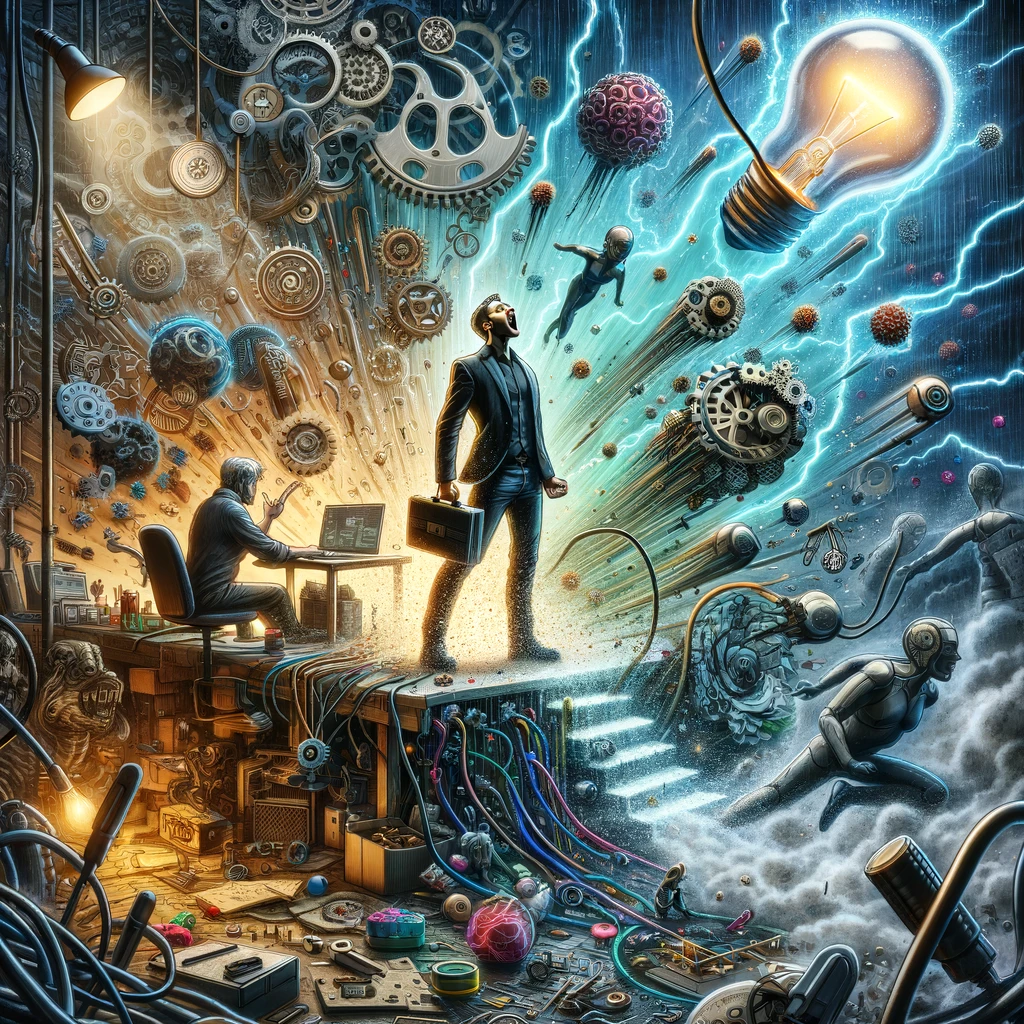
So there’s plenty in the current innovation space around skateboarding. But where did it come from? Its origins lie in the 1930s, not surprisingly in the surf-rich worlds of Hawaii and California. The idea of attaching roller skate wheels to a wooden board gave us the ‘skate-scooter’ but it wasn’t until the 1950s that the crossover from the world of surfing really took hold. Standing on a board rather than scooting along with one foot on it led to the need to find ways to balance, turn and move in ways analogous to riding the ocean swell.
Going back through its history you quickly find yourself facing a classic example of user-led innovation. Thanks to the pioneering studies of Eric von Hippel and colleagues we know a lot about this type of innovation. It doesn’t begin with the design office in a company or in a marketing agency. Instead it starts with users who face a challenge, feel a frustration or generally seek something different, perhaps new thrills or experiences. They have a high incentive to innovate but this primarily comes from within — it’s not about growing a market or commercial expansion. They have a challenge and they want to deal with it.
In addition to this high incentive to innovate they are tolerant of failure and prepared to experiment and prototype. So many user innovations emerge from this type of experimenting — think of the first pickup trucks which were not designed in Detroit but were the result of farmers modifying the Model Ts and other cars they bought to make them more suitable for farm use.
Importantly because user innovators aren’t primarily motivated for commercial market expansion they are often happy to share and so communities form around promising new ideas. And these communities can significantly accelerate the rate of innovation by pooling both ideas and the results of their experiences.
Which is the classic pattern in many new sports — things like kitesurfing, windsurfing and mountain biking — and certainly characterises skateboarding. Originally developed as a street alternative to riding the waves early prototypes were shared, modified and developed in a co-laboratory on the streets and in communities prepared to share ideas (and how they got those bumps and bruises). Many of the early companies which emerged in this field were founded by users — and a good few failed to grow partly because their founders were more interested in riding their boards than in selling them!
The model persists; much of the move to tricks and through them to specialist materials, safety equipment and even the parks in which such tricks are enabled owe their genesis to user innovators. People like Rodney Mullen, who invented numerous foundational tricks used in modern street skating, and Tony Hawk, who not only pushed the boundaries of skateboarding tricks but also contributed to the design and material innovations through his company, Birdhouse Skateboards.

Watching a seven year old try to master a complex physical skill requiring considerable co-ordination also provided me with another angle on innovation. There’s a strong vision of what she wants to achieve and periodically she’ll pause to watch one of the older kids running through their repertoire of tricks, culminating with jumps, back flips and other seriously cool manoeuvres. But there’s also a determination allied to acceptance of the multiple falls and collisions which go with the learning process. Plus, from time to time a sideways approach to the whole thing.
You can almost see her thinking that these wonderfully sculpted slopes and cliffs and jumps are OK for riding your board but they are also pretty interesting as a surface to be clambered over and played on in their own right. So why not combine the two? Within half an hour she was pretty adept at lying prone on her board and hurtling up and down in a new variant of the sport with more in common with bobsleigh riding. Perhaps I’ve just witnessed the birth ofyet another offshoot innovation?
At the end of the session one of the organizers came up and asked if I fancied having a go. My instincts were all around self-preservation reinforced by the important principle about the impossibility of teaching old dogs new tricks. But a voice was also whispering in my ear that innovation is, of course, all about learning new tricks. Dynamic capability and all that. Time to practice what I preach?
So maybe the next time I write this blog it will be from my hospital bed, having crocked myself up in spectacular fashion but with the satisfied smile of my face that comes to those who finally execute their first ollie….
You can find my podcast here and my videos here
And if you’d like to learn with me take a look at my online course here
Image credits: Dall-E via Microsoft CoPilot
 Sign up here to join 17,000+ leaders getting Human-Centered Change & Innovation Weekly delivered to their inbox every week.
Sign up here to join 17,000+ leaders getting Human-Centered Change & Innovation Weekly delivered to their inbox every week.

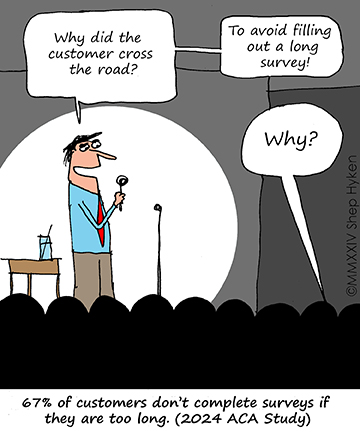
![]() Sign up here to join 17,000+ leaders getting Human-Centered Change & Innovation Weekly delivered to their inbox every week.
Sign up here to join 17,000+ leaders getting Human-Centered Change & Innovation Weekly delivered to their inbox every week.





